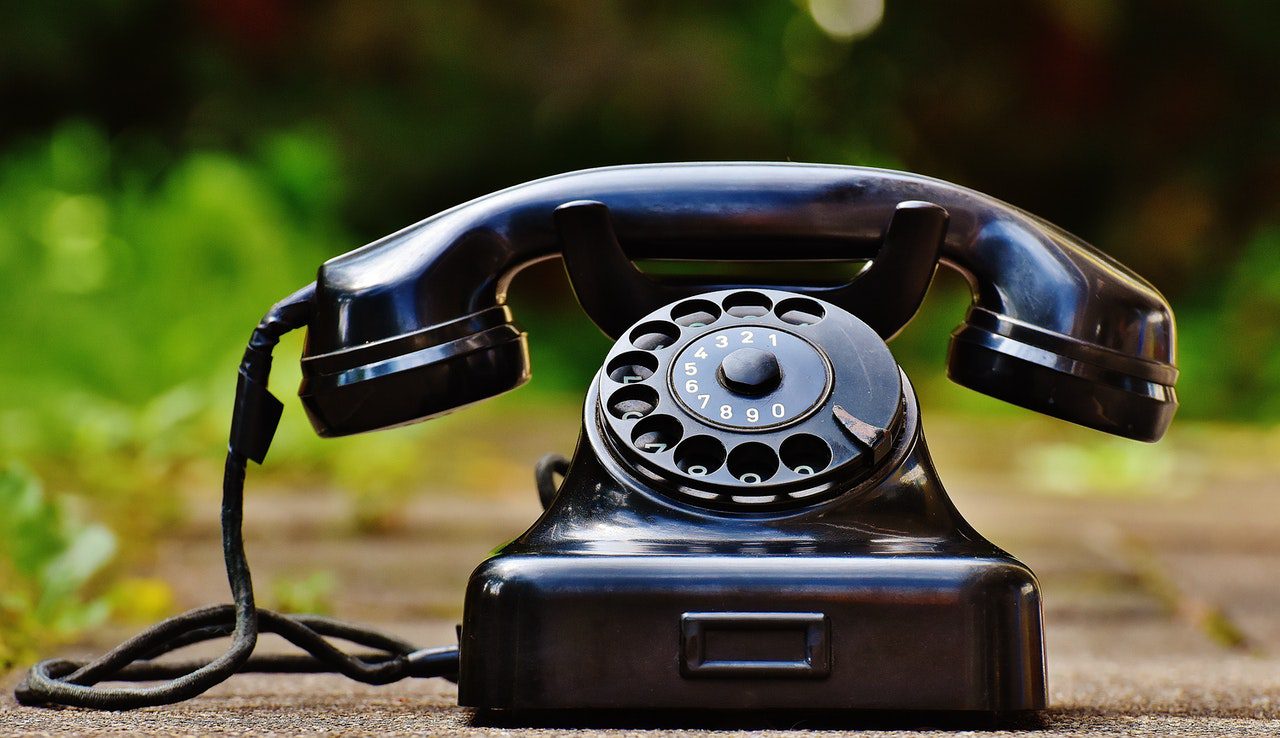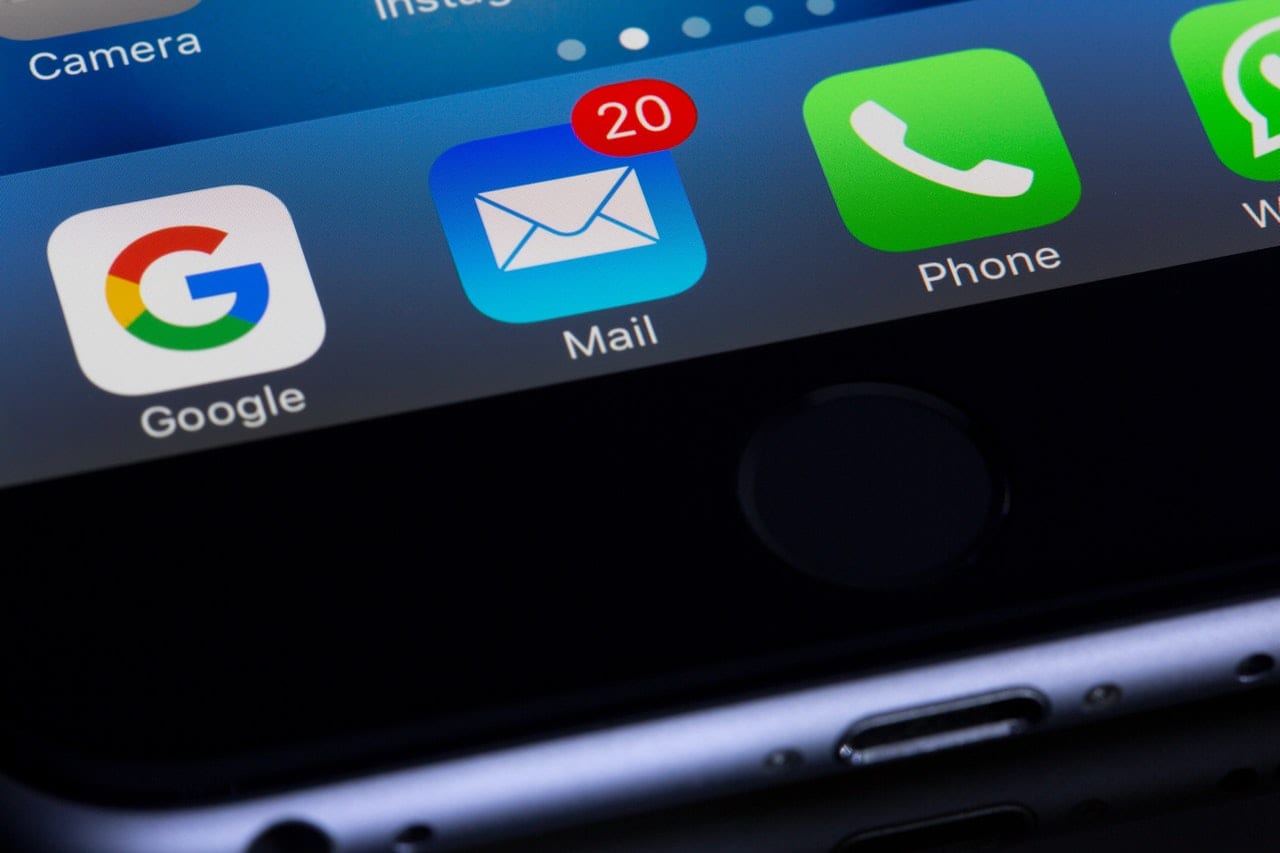Business Use of Virtual Number

What Is a Virtual Number, and How Does It Work?
A virtual number, or online phone, is a service provided by various telephone providers. To put it simply, it is an ordinary phone that uses many channels for voice communication.
How Does It Operate?
In IP telephony, data transmission goes exclusively through the Internet, but there are also cases when you can use virtual numbers without the Internet if you set up forwarding from online to fixed and mobile devices.
Basic principles of virtual phone numbers:
- An incoming or outgoing call goes to the provider, which carries IP telephony services.
- Then, the call is processed, and in seconds, it is redirected to the main server of the virtual station.
- After processing, the call goes to a virtual number in the case of an incoming call. If it is an outgoing call, you just get to the recipient for voice communication.
Advantages of a Virtual Phone Number
A virtual phone number has many advantages, but we want to highlight the main ones:
- When your business moves, you don’t have to worry about transferring all communications.
- IP telephony combines all your company’s existing numbers into one and distributes the load to your employees, depending on the scenarios you set.
- It guarantees convenient, fast, and reliable communication between employees within the organization.
- Such numbers are fully customizable. You can set voice greetings and menus.
- You can record and listen to conversations, analyze call statistics, and much more.
Since virtual numbers are fully customizable, depending on your preferences, the phone call can be routed to any desired device. The priority may depend on various factors: the call may go to the first available manager or the one who received fewer calls.

 There is an old saying which goes, “The pen is mightier than the sword,” and therein lies a very powerful message for modern business management.
There is an old saying which goes, “The pen is mightier than the sword,” and therein lies a very powerful message for modern business management. Regardless of who you’re conversing with and who you’re having an email exchange with, it’s important you conduct yourself in a professional manner when using email. Making your emails professional looking will help you attract clients and keep existing ones and will also help your communication be far clearer and easier to understand when conveying information between team members.
Regardless of who you’re conversing with and who you’re having an email exchange with, it’s important you conduct yourself in a professional manner when using email. Making your emails professional looking will help you attract clients and keep existing ones and will also help your communication be far clearer and easier to understand when conveying information between team members. Have you ever been a part of a conversation where the other person constantly shuts you out? And they just won’t let you speak! Don’t worry; you’re not the only one. We all have had to go through people dominating conversations through combative listening. It’s not a pretty picture!
Have you ever been a part of a conversation where the other person constantly shuts you out? And they just won’t let you speak! Don’t worry; you’re not the only one. We all have had to go through people dominating conversations through combative listening. It’s not a pretty picture! Transparency in communication has become more common in all sorts of enterprises. In the nonprofit and responsible profit sector, candor and authenticity are considered high value. Customer loyalty tends to increase when there’s an emphasis on transparency. Leveraging the power of a good story, transparency is a positive alternative to a competitive, secretive attitude; it’s a more compassionate way to function. For stakeholders, trust is a major issue; transparency helps facilitate it. Consider several ways that transparency can benefit your organization.
Transparency in communication has become more common in all sorts of enterprises. In the nonprofit and responsible profit sector, candor and authenticity are considered high value. Customer loyalty tends to increase when there’s an emphasis on transparency. Leveraging the power of a good story, transparency is a positive alternative to a competitive, secretive attitude; it’s a more compassionate way to function. For stakeholders, trust is a major issue; transparency helps facilitate it. Consider several ways that transparency can benefit your organization.